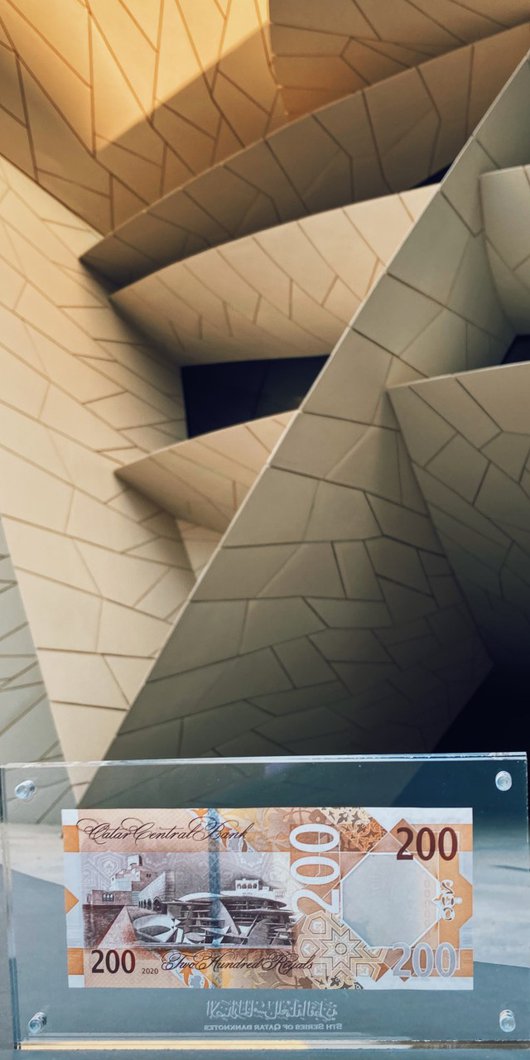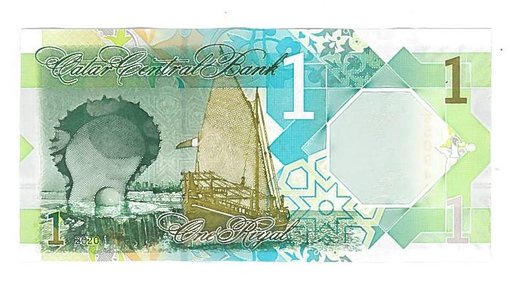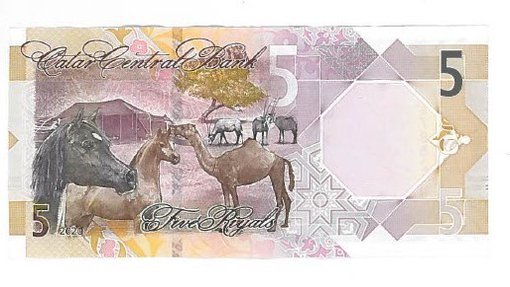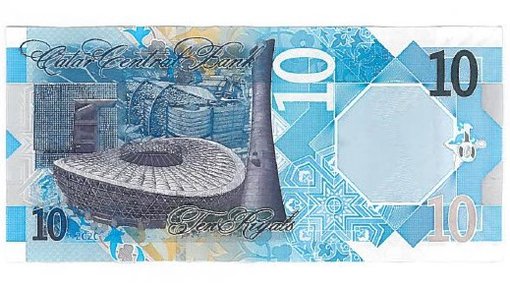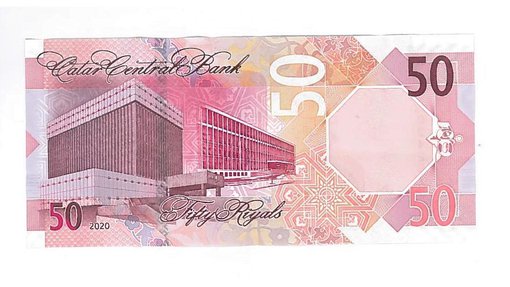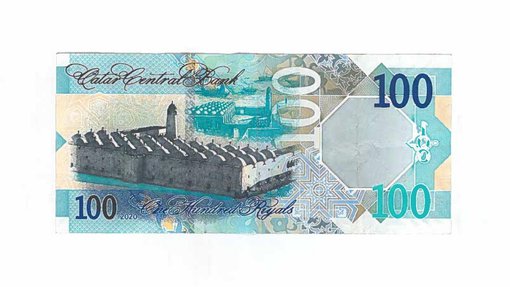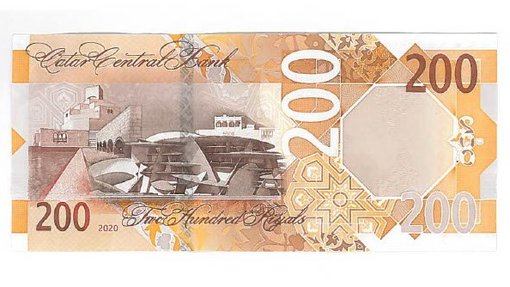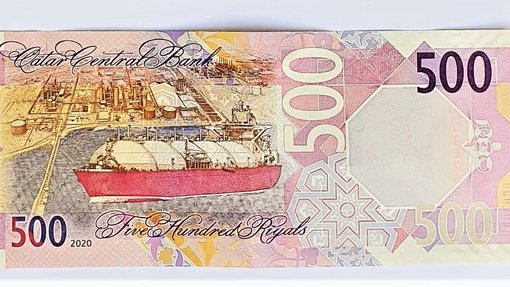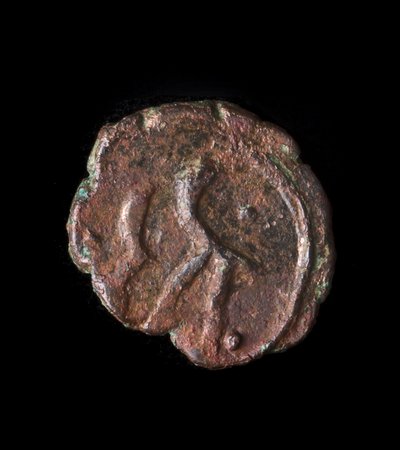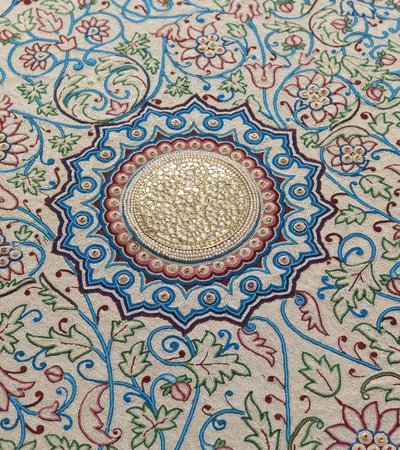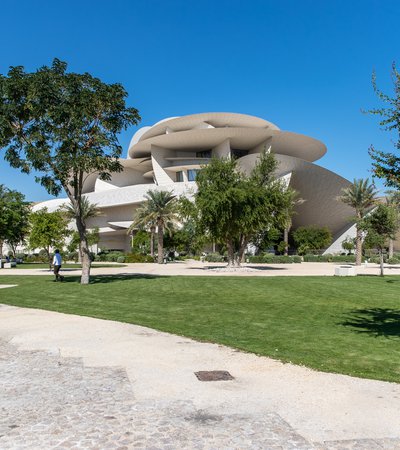Qatar is known to pay a great deal of attention to many forms of art, culture and education. Qatar Museums has played a pioneering role in this field by developing, strengthening and supporting the cultural sector at the highest levels, enriching the country's artistic and cultural movement.
These artistic and cultural commitments have resulted in a special space for the development of the new banknotes launched as part of Qatar's National Day celebrations on 18 December 2020. Among the new collection was a QAR 200 note, which features images of the National Museum of Qatar, the Museum of Islamic Art and the palace of Sheikh Abdullah bin Jassim Al Thani.
The new banknotes – seven in all – feature an array of beautiful images that reflect Qatar's history and embody the nation's heritage, environment, sports, economy and health and highlight some of the country’s most prominent tourist attractions, old and new.
The designs of each of the notes reflect various inspirations of Qatar's daily life. The front side of each note contains a common feature inspired by traditional geometric patterns, the flag of the State of Qatar and Qatar's flora (Dreama flower) and an ornate portal representing the historical architecture of the State of Qatar. The other side of the note, depending on its currency, features an array of images that reflect Qatar's heritage, such as its Islamic history, civilisation, flora and fauna, education, sports, and economic development.
